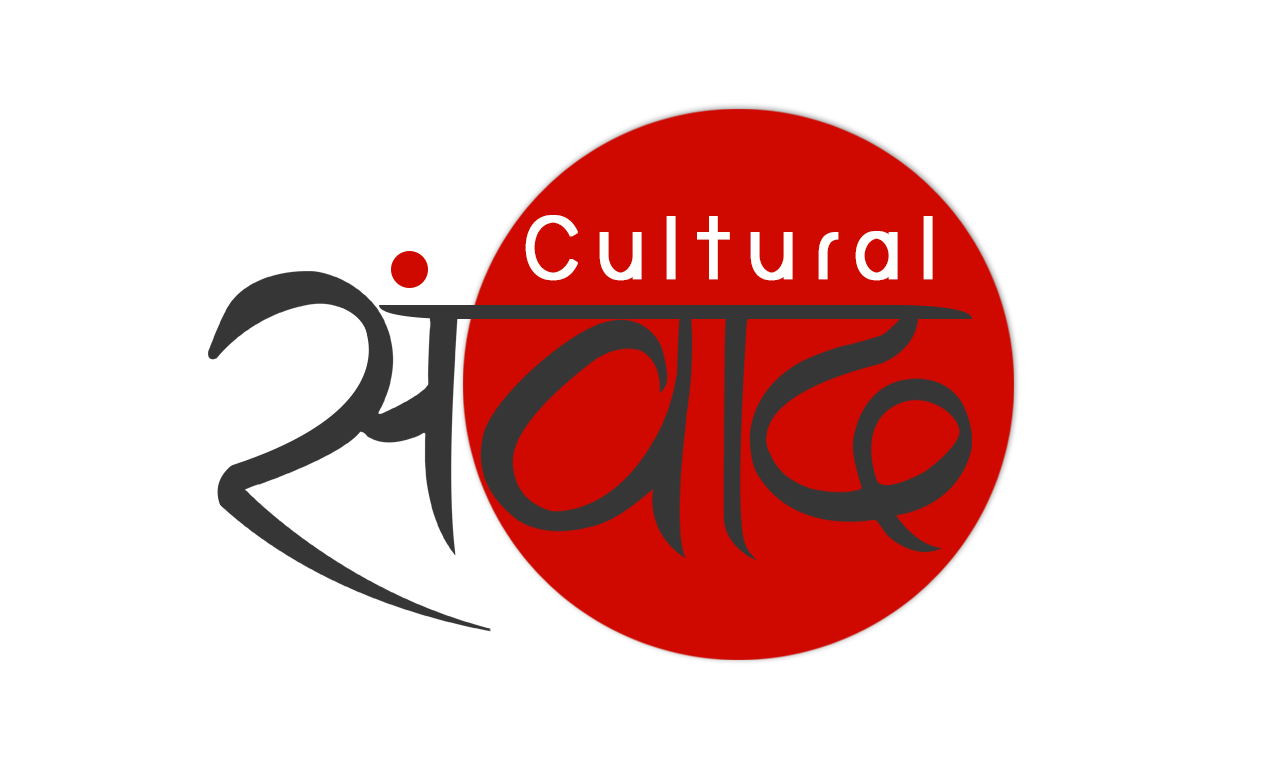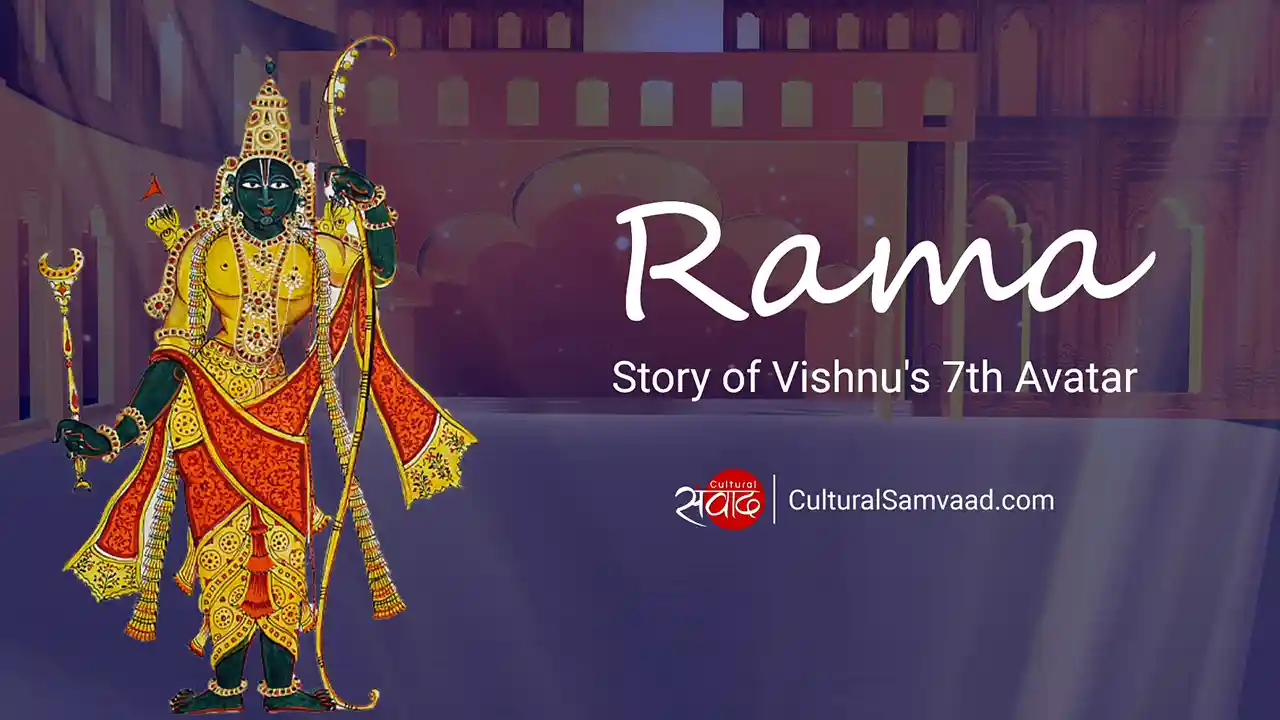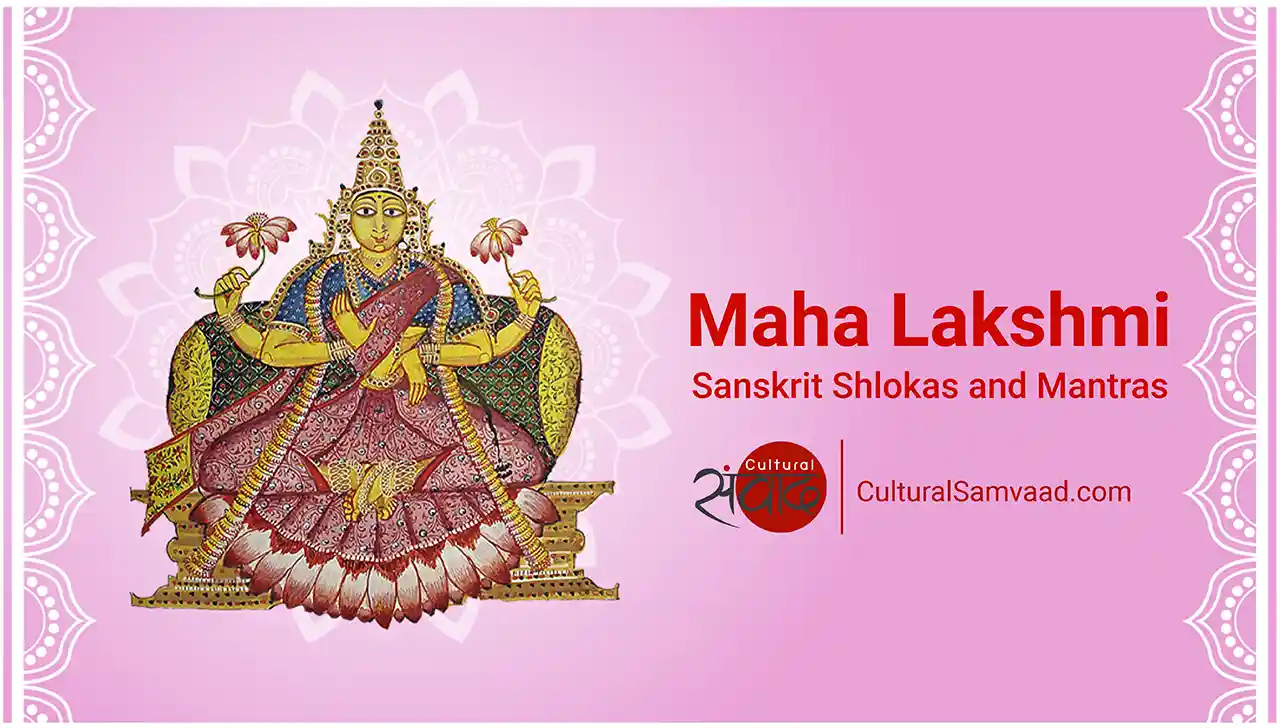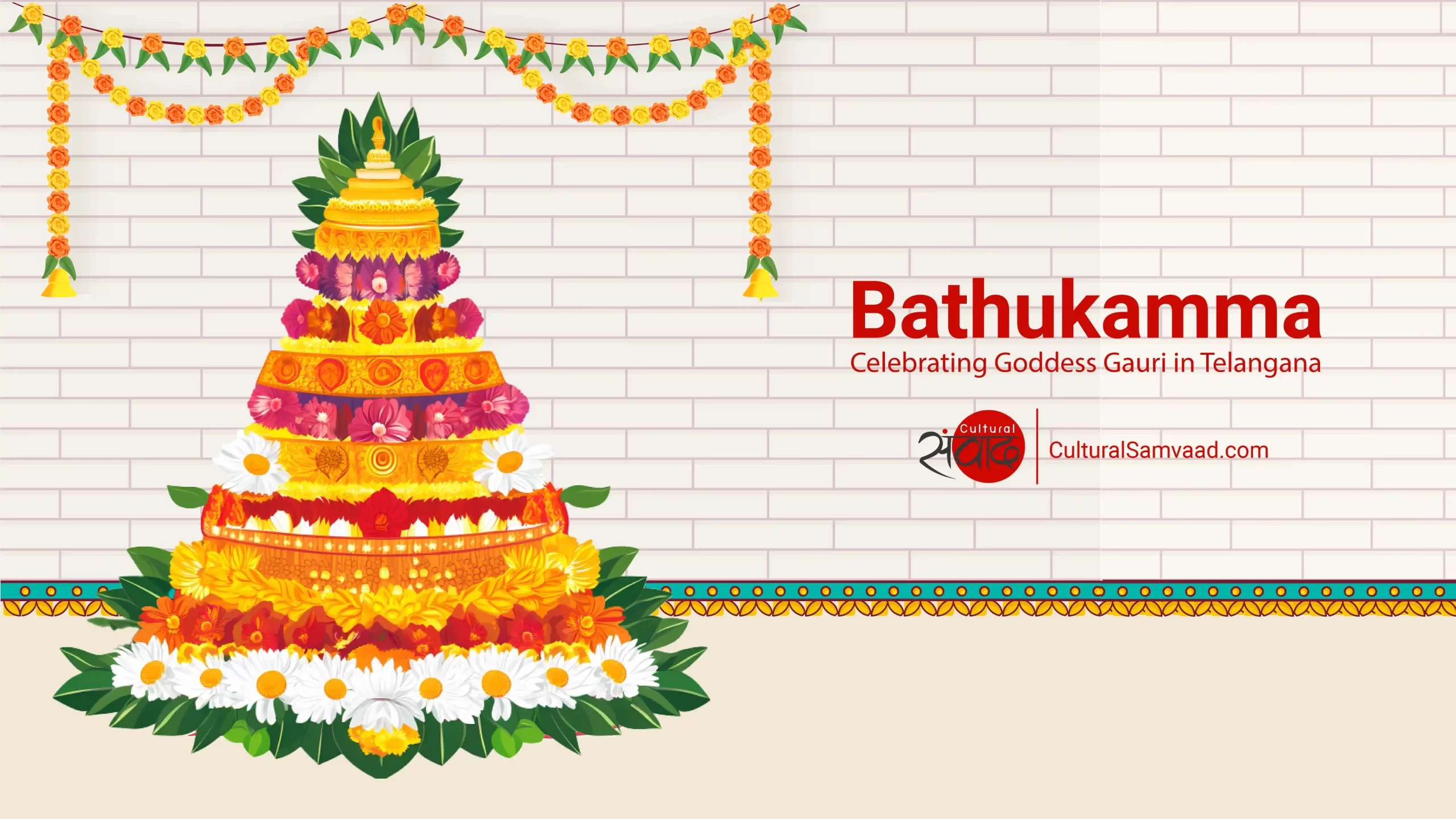Join Cultural Samvaad’s WhatsApp Community
He is the first among Gods; he is the darling deity of devotees and of artists… he is Ganapati, Gajanana, Ganesha, Vakratunda, Vignaharta. He is a unique deity for many reasons, but the one feature that even the most untrained eye cannot miss about Ganapati is his special manifest form —the head of an elephant and the body of a human. To me, this form symbolises his perfect harmony with nature.
Every August/September, crores of devotees across India await his annual visit to the earth on Ganesha Chaturthi with bated breath. Great men like Shivaji to Bal Gangadhar Tilak used Ganpati Utsav to mobilise the masses and stir patriotism.
Strangely, over the course of the last few decades, the annual worship of the benevolent Ganapati has assumed highly exaggerated and highly consumerist trappings. The celebration of our favourite deity has inadvertently become a time for wreaking havoc on nature. Somehow, the god who symbolises the unity of nature and humans seems to highlight our callousness to nature in all its splendour.
Plaster of Paris idols of Ganesh coloured with artificial paint and erected primarily for this festival, are drowned in natural water bodies during the Visarjana (विसर्जन). These water bodies are not only holy unto themselves, but they also sustain life. Damaging them is antithetical to the whole idea of philosophical and ethical thought in general and to the idea of pujas or worship in particular.
The Symbolism of the Idol or Moorti
The idol or moorti (मूर्ति) is a powerful symbol for Hindus. Through a moorti, the devout try to give form to the formless. Through the moorti, the devout try and conceive that which cannot be conceived. As per tradition, not every idol is meant to be worshipped. Before the idol is fit for ritual worship, the divinity (akin to the soul) is invoked to reside in the idol (akin to the body). This ceremony is generally referred to as the “prana pratishtha” (प्राण प्रतिष्ठा). Hereafter, darshana of this moorti is similar to beholding the supreme power. Since the divinity now resides in the idol, a moorti which is installed in temples built for the purpose is also worshipped (either in public places or in homes) and cared for in the best possible manner through the year.
For annual celebrations like Ganapati Mahotsava or Durga Puja Mahotsava, the moorti is worshipped only for a small number of prescribed days and then it is dutifully immersed (Visarjana). Given the temporary nature of worship, it is generally recommended that the moorti be made of clay. In other words, one should worship a parthiva moorti (पार्थिव मूर्ति) which comes from the earth and returns to the earth. This parthiva idol causes almost no damage to the earth from which it springs and reminds us of the temporary nature of our parthiva bodies. (The sanskrit root in both parthiva and prithvi is common and means the earth).
What is our philosophical thought?
Our civilisation celebrates harmony with nature. One of the chief concerns of our Vedic ancestors was the maintenance of ‘Rita’ or ṛta (ऋत – universal/cosmic/natural order). All our deeds and words should be aimed at preserving this order rather than endangering it. Any form of worship which endangers the preservation of the cosmic order is not in conformity with our ancient thought and ethos.
Whether we choose to be driven by millennia of lofty Indian thought or by basic human morality; whether our concern about the environment stems from our love of nature or from our fear of the future; it is imperative that we make our choices with utmost care. It is also imperative that we stop blaming religion for our own excesses and reform that which needs reformation.
This Ganapati, when you step out to choose the raja (राजा) that you will be welcoming, choose your Ganapati wisely.






Add comment